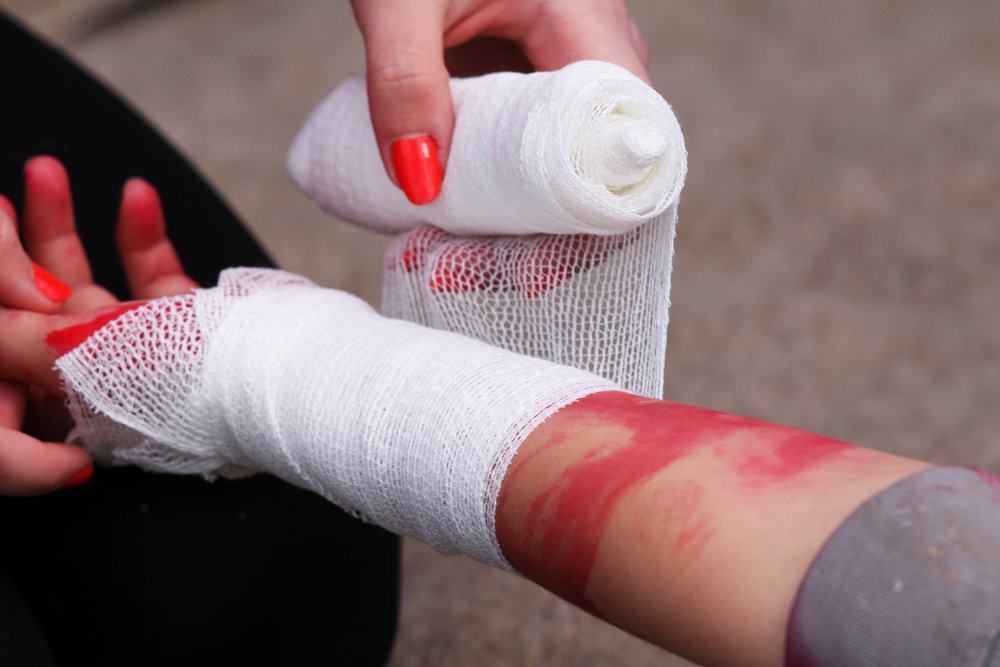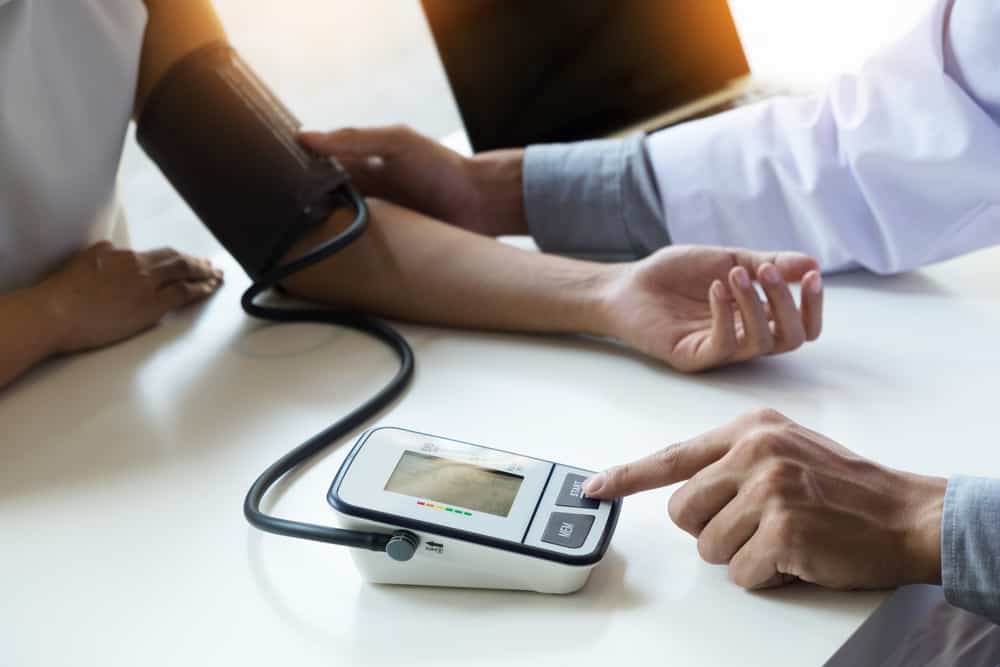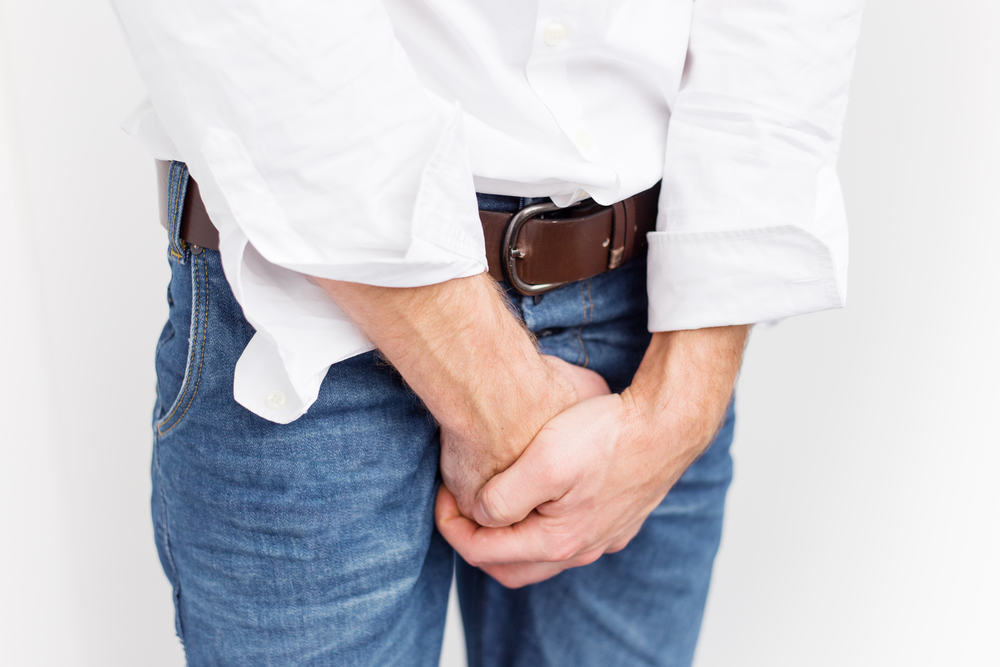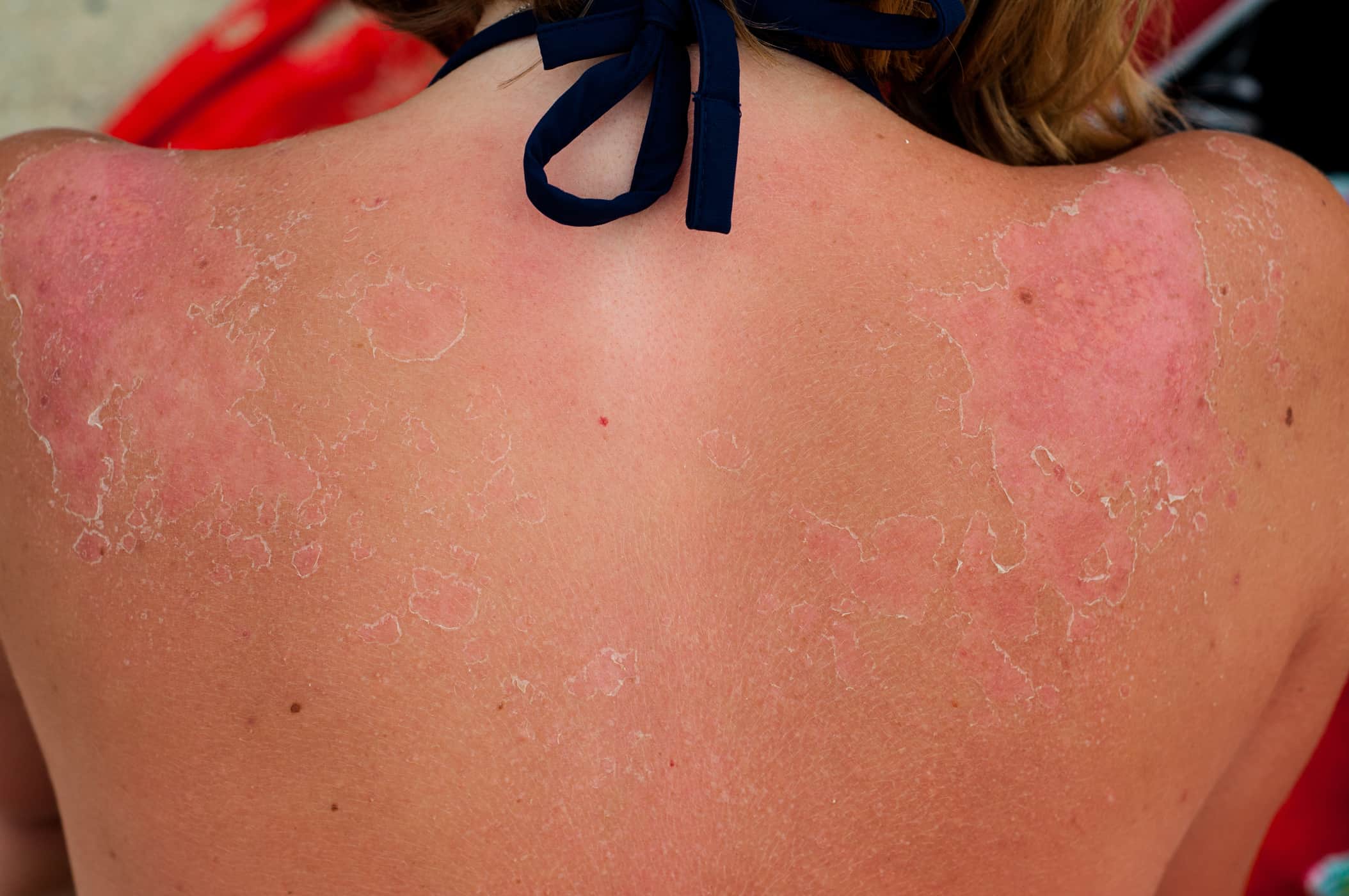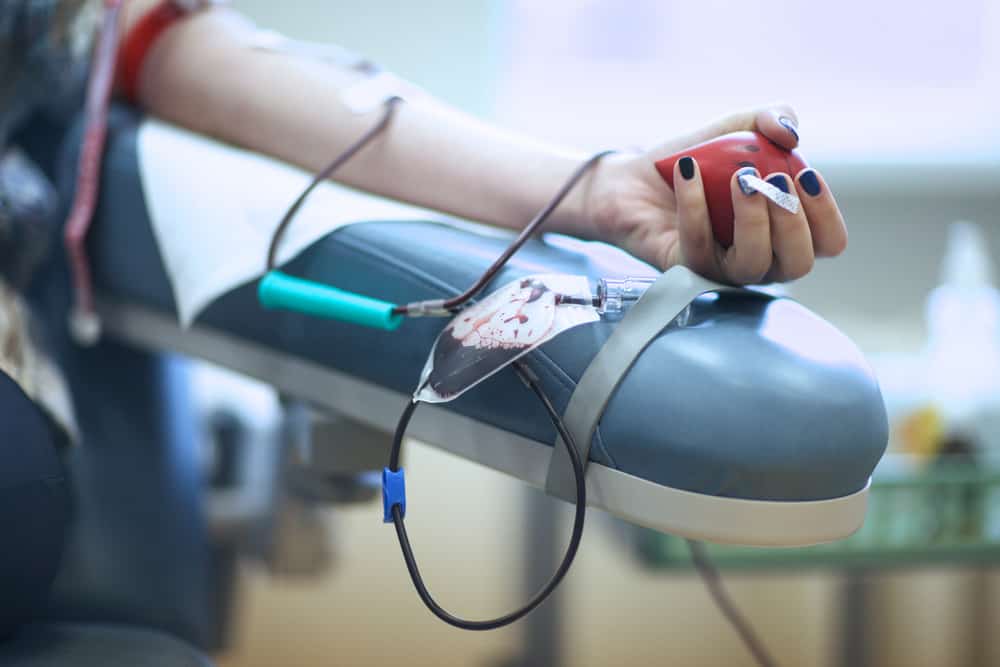Contents:
- Medical Video: First Aid Treatment for Wounds
- Types of external bleeding
- Before dealing with bleeding victims
- Control and treatment of external bleeding
- Protection against infection when handling
- If major bleeding occurs
- Mild or controlled bleeding
- Use of tourniquet
- Things to note
Medical Video: First Aid Treatment for Wounds
External bleeding is bleeding that occurs accompanied by injury to the skin, so that blood can come out of the body and be seen outside the body. Skin injury can occur as a result of being punctured, scratched, cut, etc. According to the Indonesian Red Cross (PMI) bleeding itself occurs due to damage to blood vessel walls that can be caused by collisions (trauma / disease). Large bleeding can cause shock, which is a condition when some body cells and organs do not get enough oxygenated blood flow.
Types of external bleeding
Based on blood vessels that experience interference, external bleeding can be divided into:
- Arterial bleeding. Blood coming out of the arteries will spray according to the pulse. The blood color is usually bright red, because it still contains a lot of oxygen.
- Venous bleeding. Blood coming out of the vein will flow. The color of blood is dark red, because it contains carbon dioxide.
- Capillary bleeding. This bleeding comes from the capillaries, the blood coming out will seep. This bleeding is so small that it has almost no pressure. The color of the blood varies between bright red and dark red.
Before dealing with bleeding victims
Before we take care, it's good to know in advance the condition of the victim. To help estimate how much blood has come out of the victim's body, we can refer to victims' complaints and vital signs. If the victim's complaint has led to symptoms and signs of shock, such as fast and weak pulse, rapid and shallow breath, cold and moist pale skin, pale and bluish face on the lips, tongue and ear lobe, hollow vision and dilated pupils, and changes in state mentally (anxious and anxious), the helper must suspect that blood loss occurs in significant amounts.
Control and treatment of external bleeding
After knowing the condition of the victim, then do the following steps, before the experts provide help, according to their conditions.
Protection against infection when handling
Don't forget to pay attention to the following things before, during and after doing help:
- Use Personal Protective Equipment (PPE), such as latex gloves, help masks, and protective goggles.
- Don't touch your mouth, nose, eyes, and food while providing care.
- Wash hands after completing treatment.
- Dispose of material that has been stained with blood or fluids from the patient's body properly.
If major bleeding occurs
If there is large bleeding, do not waste the time, quickly handle bleeding before the victim runs out of blood. Pay attention to the steps for handling the following:
- Don't waste time looking for a wound cover.
- Press the wound directly with your finger or palm (preferably using gloves) or with other ingredients.
- If the bleeding does not stop, then raise the injured limb (only on the instrument) to exceed the height of the heart to reduce the occurrence of blood deficiency.
- If bleeding continues, press on the pressure point, the artery above the bleeding area. There are several pressure points, namely the brachial artery (artery in the upper arm), the radial artery (artery in the wrist), and the femoral artery (artery in the thigh fold).
- Maintain and press firmly.
- Install sanitary napkins to press the wound.
- Do not move the victim if you do not have knowledge about the transfer of victims, and remove objects that are around the victim (especially those that are dangerous).
Mild or controlled bleeding
If bleeding is under control, you can take the time to look for a wound cover. After that, do the following ways:
- Use pressure directly with the wound cover.
- Press and hold until bleeding is under control.
- Keep the wound cover and sanitary napkin.
- It's best not to remove the wound cover or the first dressing.
Use of tourniquet
Tickets should only be used in emergency situations where there is no other way to stop bleeding. Tickets should be used as close as possible to the bleeding point.
Things to note
If the victim is bleeding from being pierced by a sharp object, never pull the piercing object into the victim's body, because it is feared that when the object is removed, the bleeding will get worse and the injury will increase. Perform a bandage around the sticking object.
Don't give food or drink to bleeding victims. Check the condition of the victim carefully, and treat other serious injuries if any. After that, refer to the nearest health facility.
READ ALSO
- First Aid On Burns
- First Aid to Victims of Gunshot Wounds
- First Aid to Overcome Open Bone Brokenness

